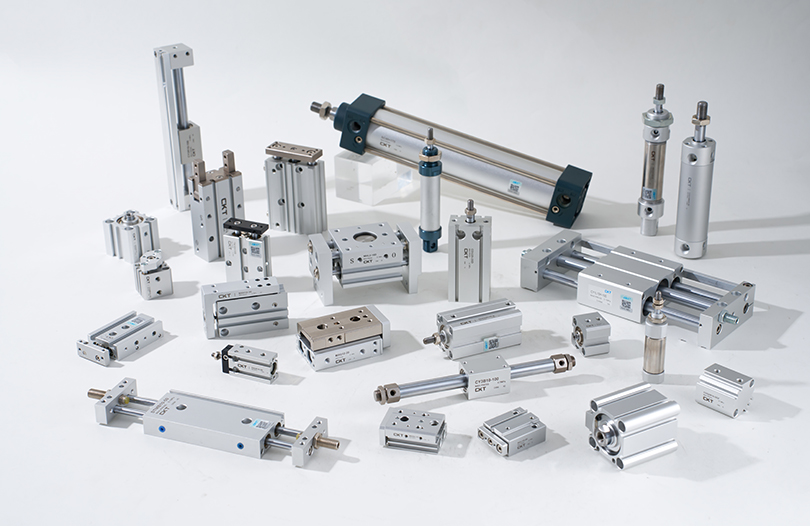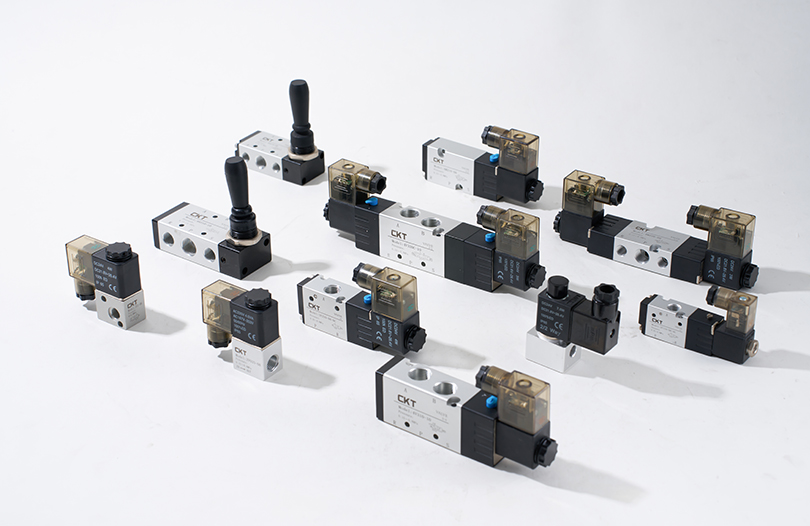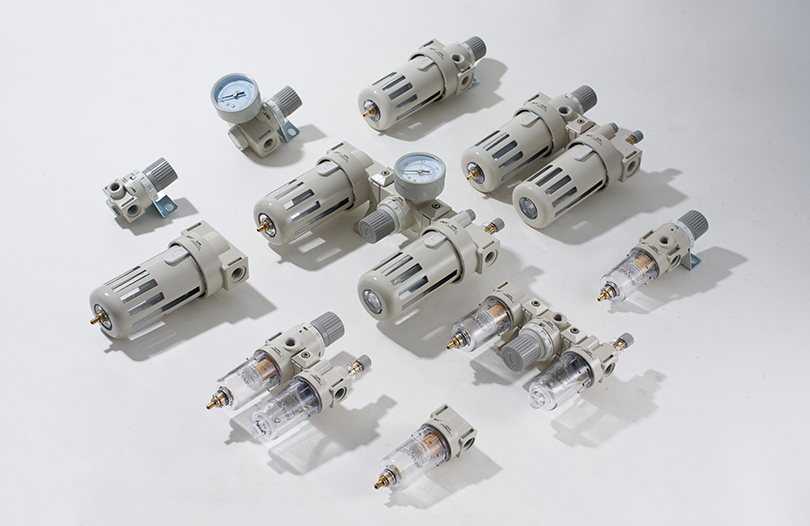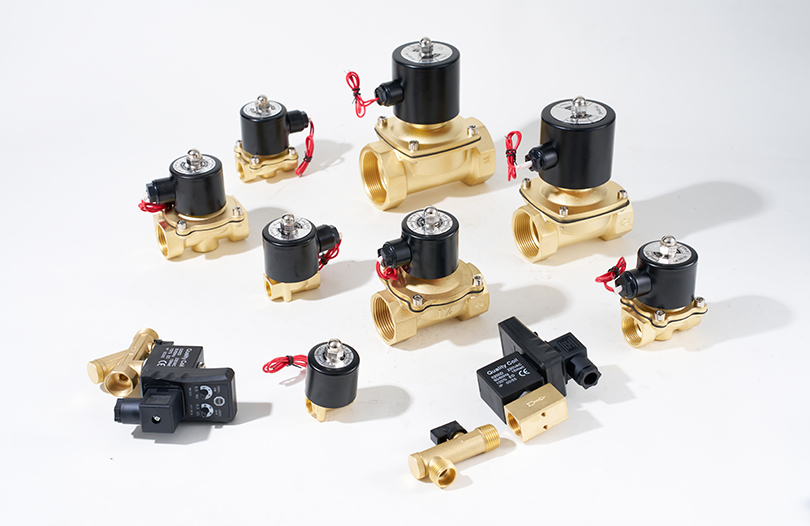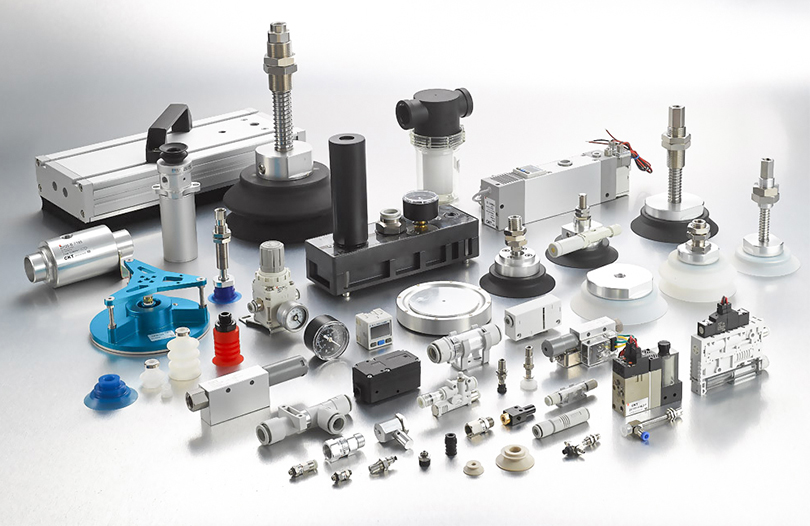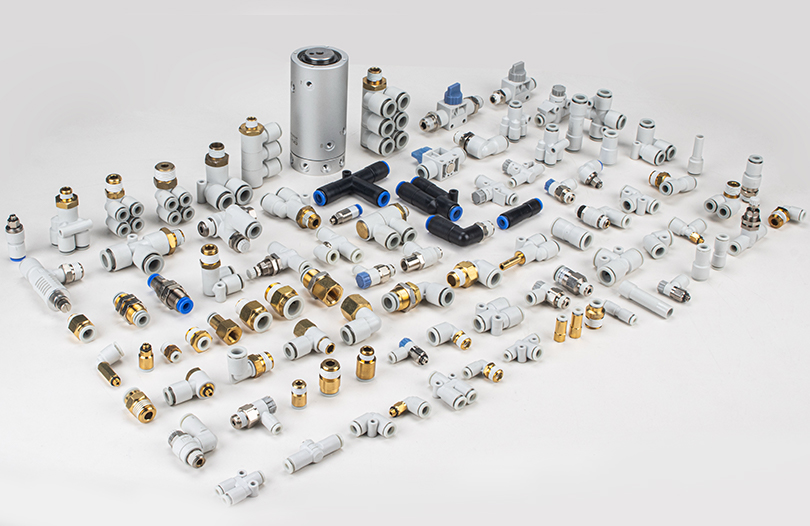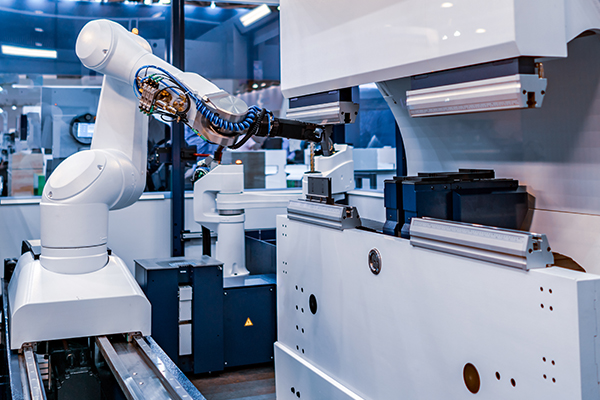Content
- 1 What Role Do Pneumatic Air Cylinders Play in Smart Manufacturing’s Automated Production Lines?
- 2 How Do Pneumatic Air Cylinders Adapt to the High-Speed Requirements of Automated Production Lines?
- 3 How Do Pneumatic Air Cylinders Integrate with Smart Control Systems in Automated Lines?
- 4 How Do Pneumatic Air Cylinders Adapt to the Flexibility Demands of Customized Production in Smart Manufacturing?
- 5 What Are the Core Key Factors to Consider When Selecting Pneumatic Air Cylinders for Automated Production Lines?
- 6 How to Balance Performance and Cost When Selecting Pneumatic Air Cylinders for Automated Lines?
What Role Do Pneumatic Air Cylinders Play in Smart Manufacturing’s Automated Production Lines?
In smart manufacturing’s automated production lines, Pneumatic Air Cylinders serve as critical “motion execution components” that convert compressed air energy into linear or rotational mechanical motion—enabling essential tasks that drive continuous, precise production. Unlike manual or semi-automated systems, where human intervention is needed for movement control, Pneumatic Air Cylinders automate repetitive, high-precision actions such as material handling (e.g., lifting, pushing, or clamping raw materials/finished products), assembly (e.g., pressing components into place or fastening parts), and sorting (e.g., diverting products to different conveyor lanes). For example, in an automated electronics assembly line, Pneumatic Air Cylinders may clamp circuit boards in place during soldering, then push the finished boards to the next station—all without human input. Their reliability and speed make them a foundational element in smart manufacturing, where consistency and efficiency are core to minimizing downtime and maximizing output.
How Do Pneumatic Air Cylinders Adapt to the High-Speed Requirements of Automated Production Lines?
Automated production lines in smart manufacturing often operate at high speeds (e.g., processing hundreds of parts per minute), and Pneumatic Air Cylinders adapt to this demand through three key design and performance features. First, fast response times: Pneumatic systems rely on compressed air, which flows quickly through pipelines to actuate the cylinder—unlike hydraulic systems that use slower-moving fluids. This allows Pneumatic Air Cylinders to extend or retract in milliseconds, matching the line’s rapid cycle times. For instance, in a packaging line, a cylinder can seal a package and reset for the next one in under a second, keeping up with the line’s pace. Second, stable high-speed operation: Advanced cylinder designs include features like cushioning mechanisms (e.g., adjustable air cushions at the end of the cylinder stroke) that absorb impact during rapid extension/retraction. This prevents damage to the cylinder or the products it handles, ensuring consistent performance even at high speeds. Third, compatibility with high-flow air systems: Pneumatic Air Cylinders can be paired with high-capacity air compressors and large-diameter air hoses, which deliver the volume of compressed air needed to maintain speed during continuous operation. This avoids pressure drops that would slow down the cylinder, even when multiple cylinders are operating simultaneously on the line.
How Do Pneumatic Air Cylinders Integrate with Smart Control Systems in Automated Lines?
Integration with smart control systems is critical for Pneumatic Air Cylinders to function in connected, data-driven smart manufacturing environments—and they achieve this through two key means. First, sensor integration: Modern Pneumatic Air Cylinders are equipped with built-in sensors (e.g., position sensors, pressure sensors, or temperature sensors) that collect real-time data about the cylinder’s status. Position sensors, for example, detect when the cylinder has fully extended or retracted, sending a signal to the line’s central control system (e.g., a PLC or industrial IoT platform) to confirm the action is complete. This enables the control system to coordinate the cylinder’s movement with other line components (e.g., signaling a conveyor to start moving once the cylinder has placed a part). Second, programmable operation: Pneumatic Air Cylinders can be connected to programmable logic controllers (PLCs) or industrial computers, allowing operators to set and adjust parameters such as stroke length, speed, and force via software. For example, if the line switches from processing small parts to large parts, the control system can remotely reprogram the cylinder to extend further or apply more clamping force—eliminating the need for manual adjustments and reducing changeover time. This integration turns standalone cylinders into “smart components” that contribute to the line’s overall connectivity and flexibility.
How Do Pneumatic Air Cylinders Adapt to the Flexibility Demands of Customized Production in Smart Manufacturing?
Smart manufacturing increasingly focuses on “mass customization”—producing small batches of tailored products—and Pneumatic Air Cylinders adapt to this flexibility through three design and functional features. First, modular construction: Many Pneumatic Air Cylinders use a modular design, where components like end caps, sensors, and mounting brackets can be easily swapped or added without replacing the entire cylinder. For example, if a production line needs to switch from lifting parts vertically to pushing them horizontally, operators can replace the cylinder’s mounting bracket and add a different end effector (e.g., a push plate instead of a clamp) in minutes. Second, adjustable parameters: As mentioned earlier, cylinder stroke length, speed, and force can be reprogrammed via the line’s control system. This means the same cylinder can handle different tasks—e.g., applying light force to assemble delicate electronics one hour, then higher force to fasten metal components the next—without physical modifications. Third, compatibility with flexible end effectors: Pneumatic Air Cylinders can be paired with a range of interchangeable end effectors (e.g., grippers, suction cups, or pushers) that are designed for specific tasks. For instance, a cylinder with a suction cup end effector can pick up flat products like cardboard boxes, while the same cylinder with a two-finger gripper can handle irregularly shaped plastic parts. This adaptability allows automated lines to switch between product types quickly, supporting customization without sacrificing efficiency.
What Are the Core Key Factors to Consider When Selecting Pneumatic Air Cylinders for Automated Production Lines?
Selecting the right Pneumatic Air Cylinder for an automated production line requires evaluating four non-negotiable factors to ensure it aligns with the line’s needs. First, load and force requirements: The cylinder must generate enough force to perform its intended task (e.g., lifting a 50kg part or clamping a component with 100N of force) without overloading. Cylinders are rated by their bore size (larger bores generate more force) and operating pressure, so calculate the required force first to select the appropriate bore and pressure rating. Second, stroke length and installation space: The cylinder’s stroke length (the distance it can extend/retract) must match the task’s needs—e.g., a stroke of 100mm may be sufficient for pushing small parts, while a 500mm stroke is needed for lifting parts to a high conveyor. Additionally, consider the line’s physical space: compact cylinders (e.g., thin-profile or rodless cylinders) are ideal for tight areas, while standard cylinders work in larger spaces. Third, environmental compatibility: Automated lines may operate in harsh environments (e.g., dusty factories, wet food-processing plants, or high-temperature welding areas). Select cylinders with protective features like corrosion-resistant coatings (for wet/damp areas), dust seals (for dusty environments), or high-temperature seals (for heat-intensive tasks) to ensure durability. Fourth, compatibility with control and sensor systems: The cylinder must work with the line’s existing control system (e.g., PLCs, IoT platforms) and support the required sensors (e.g., position, pressure). Ensure the cylinder has the necessary electrical interfaces (e.g., M12 connectors for sensors) and communication protocols (e.g., Modbus or Ethernet/IP) to integrate seamlessly into the smart line.
How to Balance Performance and Cost When Selecting Pneumatic Air Cylinders for Automated Lines?
Balancing performance (to meet the line’s needs) and cost (to avoid overspending) requires a strategic, application-focused approach. First, prioritize essential features: Identify the non-negotiable performance requirements (e.g., force, speed, environmental resistance) and avoid paying for unnecessary features. For example, a cylinder used in a clean, low-speed packaging line may not need high-temperature resistance or ultra-fast response times—opting for a basic model with only essential sensors can reduce costs without compromising performance. Second, consider total lifecycle cost, not just upfront price: A cheaper cylinder may have a shorter lifespan (e.g., due to low-quality seals that wear out quickly) or require frequent maintenance, leading to higher long-term costs (downtime, replacement parts, labor). Instead, choose a cylinder with durable materials (e.g., aluminum or stainless steel bodies) and reliable components—even if it has a higher upfront cost—since it will require less maintenance and last longer. Third, optimize cylinder sizing: Oversized cylinders (e.g., a large-bore cylinder used for a light-load task) waste energy (by requiring more compressed air) and take up unnecessary space, increasing operational costs. Calculate the exact force and stroke needed, then select the smallest cylinder that meets those requirements to minimize energy use and cost. Fourth, leverage standardization: Whenever possible, select cylinders with standard sizes and interfaces (e.g., ISO-standard bore sizes or common sensor connectors). Standardized cylinders are often more affordable than custom models and easier to replace, reducing maintenance and downtime costs. By focusing on these factors, manufacturers can select Pneumatic Air Cylinders that deliver the required performance at a reasonable cost.




